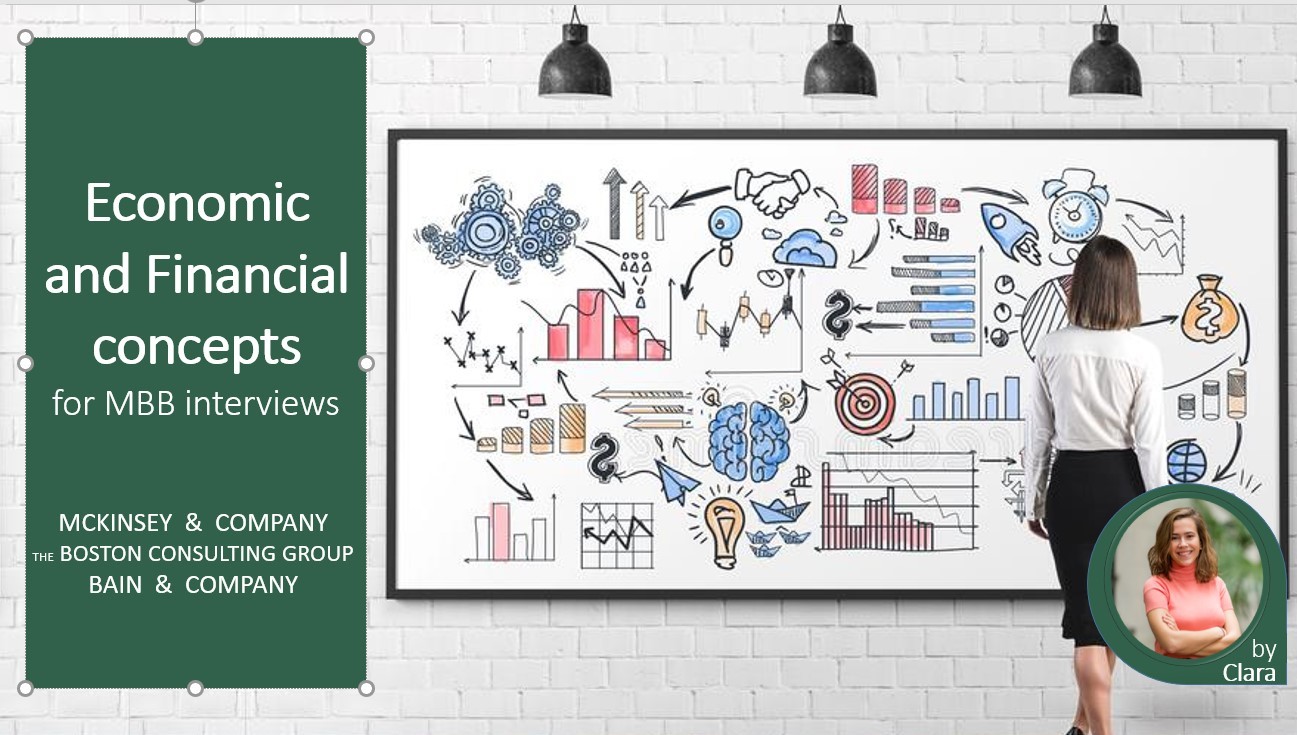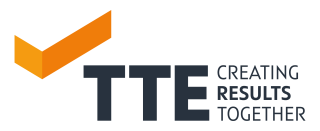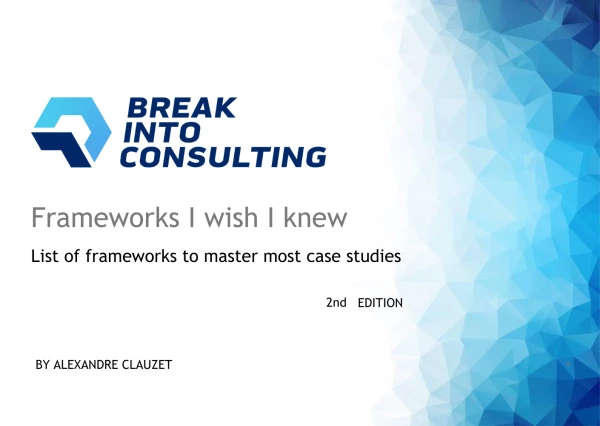Hello,
I would like to take your suggestions on how to structure a framework for investment (go or no-go decision) cases?
Let's say the client is a beverage company and wants to determine whether they should invest in 1 distribution center or 5 distribution centers. I would normally construct my structure as the following:
1) Market Landscape
-Market size/ growth trends for beverage industry
-Competitor analysis (key players, market share, how do they distribute their products)
-Customer analysis (key segments, where are they located)
2) Financial projections for each alternative
-Rev/ cost projections
-Upfront investment cost
-Breakeven
3) Operational Impact
-Hiring/ training new labor force
-Operational complexity bcs of increase in the scope
4) Strategic Issues
-Opportunity cost
-Loss of focus
-Integration issues
Thank you very much.
















